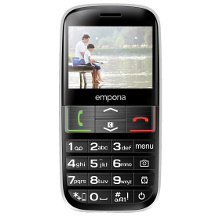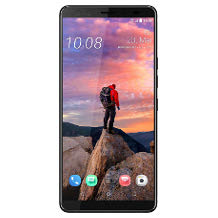Motorola phone purchasing advice: how to choose the right product
- What you need to know
- Just like Nokia, the Motorola brand is an old hand in the mobile phone business with an extremely good reputation.
- After being split up, the mobile division Motorola Mobility was taken over by Google in 2012 and has been a brand of Lenovosince 2014.
- Since Motorola smartphonescome with the Android operating system, there are a lot of apps. Even more, the switch from other Android smartphonesis easy.
- Besides classic smartphones with a large screen on the front, Motorola also offers foldable models as well as outdoor smartphones for extreme conditions.
- Thanks to different model series and equipment, Motorola meets all wishes and budgets.
History of the Motorola brand
Motorola was founded in the USA in 1928 under the name Galvin Manufacturing Corporation and changed its name to the one we know today in 1947. The company made a name for itself with electronic systems and components in the fields of networking, mobile communications and embedded systems.
The success in the cell phone sector went so far that Motorola was the second most important cell phone producer after Nokia in the mid-2000s. A very popular model at the moment was the Motorola RAZR v3, a stylish flip phone with two displays, which has been sold more than 130 million times. The success ebbed in 2008 when Apple introduced the first iPhone modelthe year before, relegating Motorola to third place among cell phone manufacturers. From then on, the sales figures went downhill.
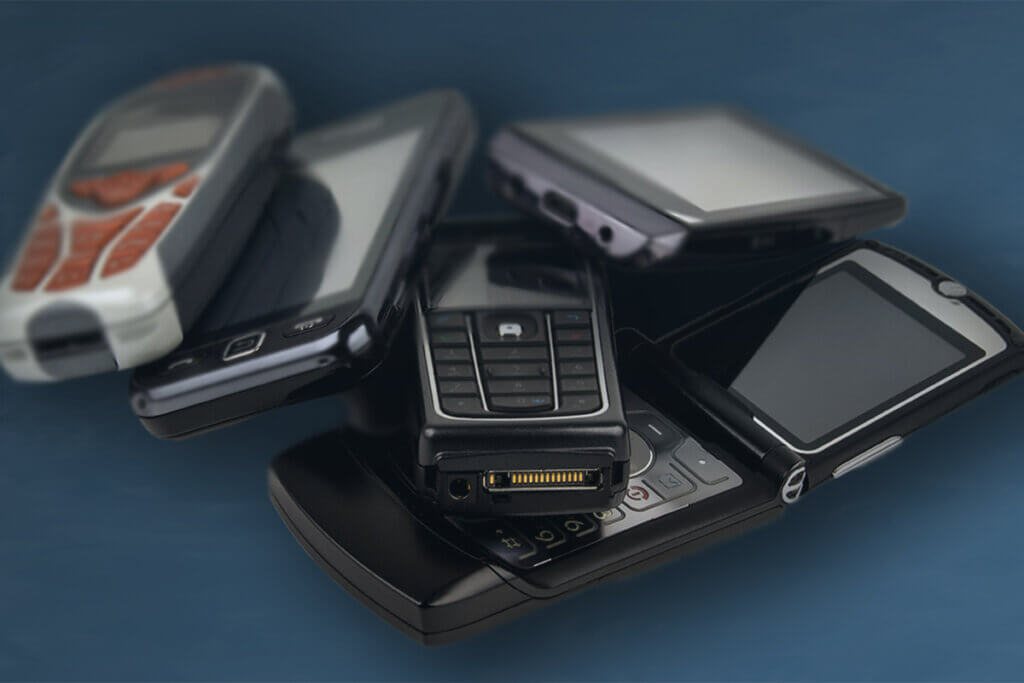
The result of this was a split of the Group into several parts. After Google had completely taken over the mobile division in 2012, Lenovo bought it from Google in 2014. Since then, the Chinese manufacturer has produced and marketed smartphones under the traditional brand, which still has many loyal fans.
What Motorola model series are there?
Motorola brand smartphones are Android modelsthat are available in different price ranges. You will find inexpensive entry-level variants as well as mid-range and upper-range cell phones. Thanks to the Android operating system, a large number of apps are available. Multi-year update guarantees enable secure operation in the networked world.
Motorola has different model series in its portfolio so that all user groups can find the right device depending on their feature requirements and available budget.
E-Series: Models from the E-seriesare in the entry-level class. The manufacturer offers models with an expandable memory slot for SD or microSD cards at a particularly low purchase price.
G-Series: The smartphones from the G-seriesbelong to the mid-range to upper mid-range and are Motorola‘s most popular phones. Cornerstones are large batteries with long runtimes, particularly powerful cameras, large displays in 20:9 format, and extremely powerful eight-core processors. Other features include a high-resolution display in Full HD resolution and a powerful battery that lasts at least 24 hours.
Edge series: The Edge modelsbelong to the manufacturer’s premium segment. Particularly powerful components, high-quality materials and thin, elegantly designed cases inspire a large number of users. The flagship classification is also noticeable in the purchase price, but innovations are installed here that are not available in the other price ranges.
In addition to the three model series of the E, G and Edge class, there are two other series with foldable and particularly robust Motorolasmartphones that cannot be classified in the normal schma.
RAZR series: Motorolarevives its extremely popular clamshell phones with the RAZR series smartphones. Adapted to the zeitgeist and technology, they are normal smartphones with a large display at first glance. Only closer inspection reveals that the phone can be folded in the middle, i.e. the display can be closed to a certain extent. On the top of the closed device is another, smaller color display that informs about incoming calls and messages.

Defy–Series: Motorola’s cell phones, which are marketed under model names with the suffix Defy, are particularly robust outdoor smartphones. They impress less with compact dimensions and design than with long battery runtimes as well as their resistance to drops and weather conditions; many are even waterproof. Therefore, these models are often called construction site smartphones. Although users have to do without the latest technical bells and whistles, the main focus of this target group is on other criteria anyway.
Moto 360: Smartwatch as an ideal complement
The Moto360 smartwatchis the ideal complement to your Motorola smartphone. In addition, the smart time display is also compatible with a number of other Android smartphonesas well as iPhones. A wide selection of silicone leather and metal bracelets offers a stylish accessory for everyone. Use your favorite apps on the digital watch as well, for example for mobile payments. All the latest sensors and GPS functionality makes it the ideal companion for sports, such as jogging, cycling or hiking. The watch is conditionally water-resistant up to a depth of 30 meters, so it’s no drama if it should ever remain on the wrist while showering. Nevertheless, it should be removed for regular swimming in the pool or sea.
Criteria decisive for purchase
When looking for a Motorola smartphone, consumers should consider certain criteria that can play a decisive role in their purchase decision. In the following, we will look at criteria such as display, processor, working memory, storage space, camera or available interfaces.
Display
One of the most important purchase criteria when choosing the right smartphone is the screen. Since there are almost no function keys anymore, the touchscreens are finally the central control element. Various gestures are used to control functions, answer calls and dial phone numbers. Thus, the screen should have a sufficient size, a high resolution and a good contrast. The resolution results from the pixels displayed. The more pixels are displayed on the Motorola smartphone, the sharper, richer in contrast and more natural the image looks. Even small versions now have a display with a screen diagonal of five or six inches, and the display is larger in higher-priced variants: Almost seven inches are possible here. Most models now feature HD resolution, which corresponds to a pixel value of at least 1,080 pixels in a row. Since many Motorola smartphonesare equipped with an oblong display, it is not the classic 16:9 format with 1,920 x 1,080 pixels. Instead, the front pixel value can have the number 2,300 or 2,520, which corresponds to an aspect ratio of 18:9 or 7:3, respectively. The overall higher pixel count ensures that the image does not become blurry even with a larger screen area.
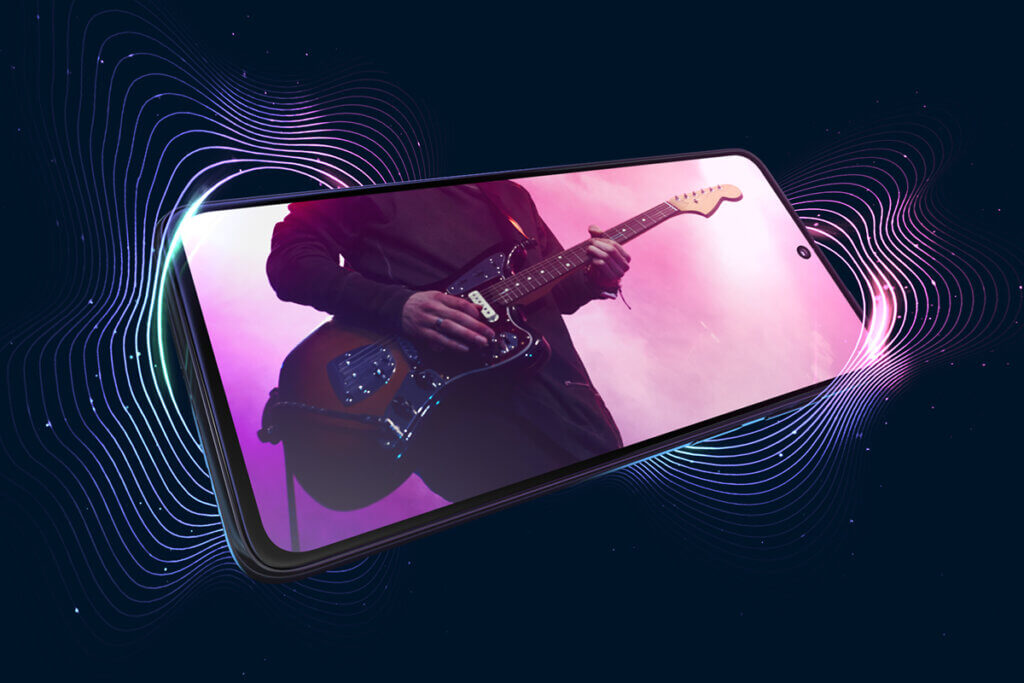
Processor and memory
Android smartphonesare now used for a wide range of everyday tasks. In order to be able to perform several tasks at the same time and guarantee smooth, jerk-free work, a few minimum requirements must be met. Playing high-resolution videos or gaming require good hardware equipment, whereas users who mainly make phone calls, chat, and occasionally search for information online can cut back.
Octa-core processors, i.e. CPUs with eight processor cores, are now standard in many Motorola cell phones. Otherwise, at least a quad-core processor is usually used. Besides the processor, the installed working memory plays a big role in how many applications can run simultaneously and smoothly. Four gigabytes of RAM are sufficient for basic use. If several applications are to run in parallel, photos and videos are often edited or computationally intensive games are played, it would be better to have six or eight gigabytes of working memory. For the enthusiasts who do not want to accept any speed losses, there are models with twelve gigabytes, which are again reflected in a higher purchase price.
Storage space
Like other Android smartphones, Motorola deviceshave both internal and external storage. The internal storage is fixed and holds the operating system as well as the data of some apps installed on the phone. However, many users already reach their limits with the inexpensive models with an internal memory of 4, 8, 16 or 32 gigabytes: Popular apps like WhatsApp cannot be moved to the external storage. Pictures or videos exchanged with contacts are then all stored on the internal memory. When this reaches its capacity limit, users must either delete the content or back it up on a computer, for example, to provide storage space on the device. Therefore, models with 64 or 128 gigabytes are better suited for frequent users so that they do not reach the capacity limit when sharing many photos and videos.
In addition, most models have a microSD card slot that can be used to add more gigabytes to the phone’s storage. Various media such as photos, videos, music files or documents can be stored here and thus accessed on the device in the majority.
Camera
Modern smartphones usually have at least two cameras: one on the front for selfies and a main camera on the back, which is intended for panorama shots. In the meantime, additional cameras are often added on the back, with which you can create ultra-wide-angle or macro shots.
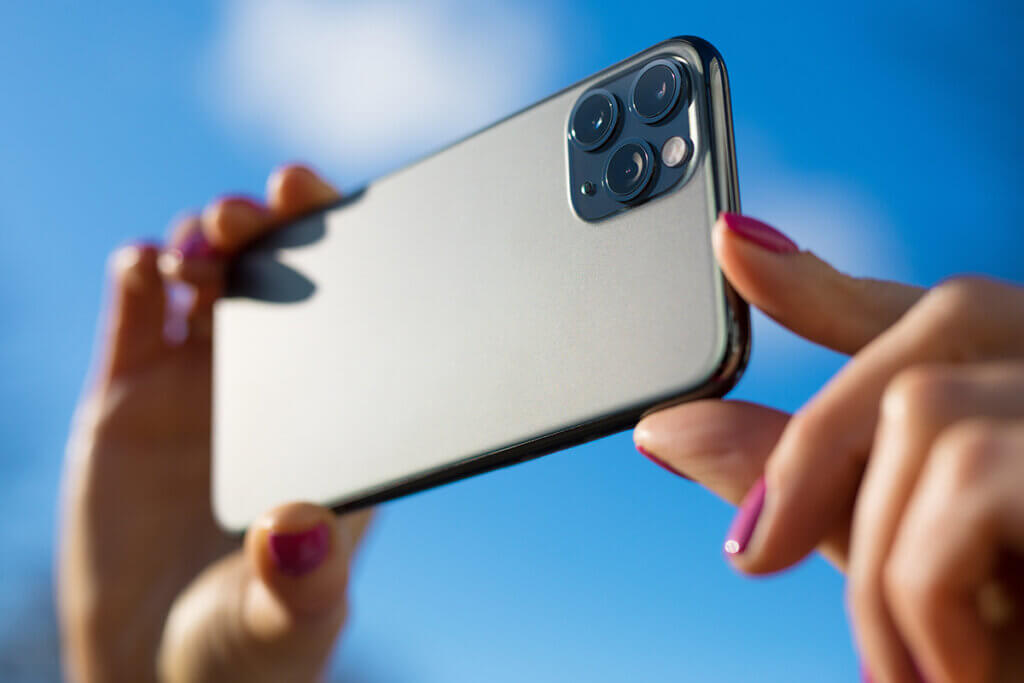
A first indication for the quality of the camera(s) is the specified resolution. A higher megapixel specification is usually accompanied by sharper photos and videos. 12 megapixels are now the lowest standard for the main camera. More and more models come with higher resolution lenses: For example, 30 or even 60 megapixels are no longer uncommon . This makes smartphones much more powerful than the more compact digital cameras were in the 2000s. Full HD recordings and videos are now standard.
Powerful flash capabilities enable shooting in low-light conditions. Special features such as the ability to record videos in slow motion are also popular. This feature is available in the Motorola Moto G200 5G, for example.
Interfaces
Most Android smartphonesnow have a USB-C port, which is used for both charging and exchanging data with computers and laptops. Motorola does not currently offer models with inductive, i.e. wireless, charging.
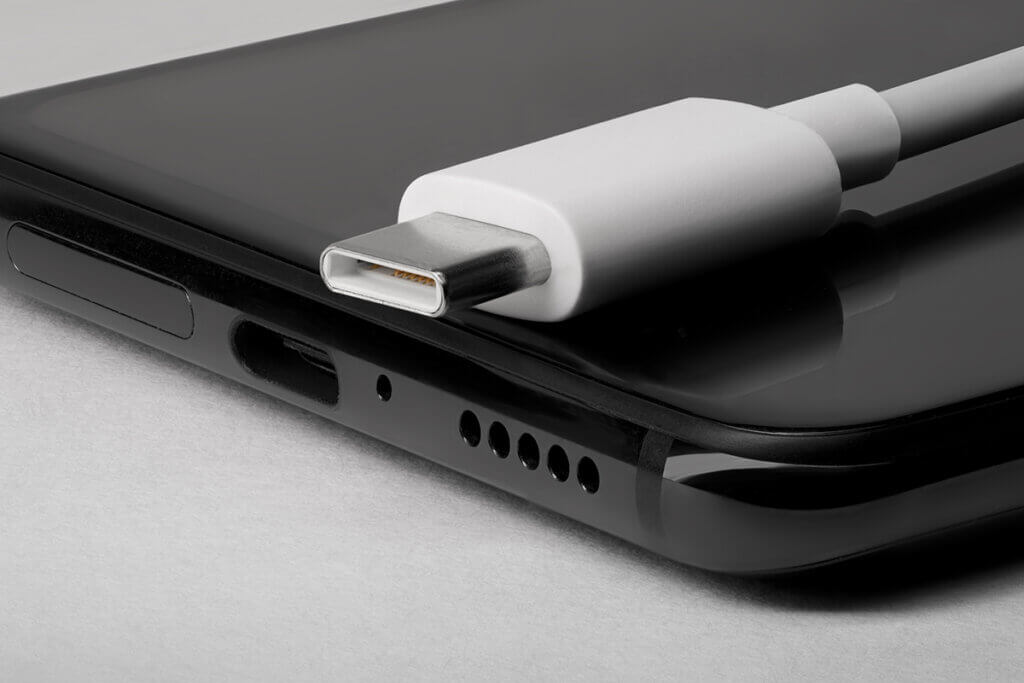
Further connectivity options are provided via the wireless technologies WLAN, Bluetooth, NFC and LTE. Current flagship models also support the newly introduced 5G mobile standard for particularly fast data connections.
Design, dimensions and weight
While current smartphones often come with a larger screen diagonal, newer devices tend to be thinner and lighter. Current devices weigh between 130 and 200 grams on average, are between 13 and 16 centimeters high and 6 to 9 centimeters wide. The average thickness is 8 millimeters.
Ready for: Ingenious connection with laptops and smart TVs
The Motorola rights holder Lenovo developed with its software Ready for an ingenious platform for the use of the smartphone in combination with computers and smart TVs. A USB-C data cable is included with compatible Motorola smartphones for connecting to the devices. After the Ready-for software has been installed on the desired terminal, the phone can be connected by cable.
Now computers or smart TVs can be used as external screens; they are controlled via touchscreen. Bluetooth-enabled keyboards and mice can be integrated if required. Photos and videos, but also video calls can be enjoyed by several people at the same time thanks to the significantly larger screen. The mobile gaming experience is also breathtaking on the big devices. In addition, data stored on the phone can be accessed on the external devices and synchronized between the devices.
Image 1: © PhotoSG / stock.adobe.com | Image 2: © Polonio Video / stock.adobe.com | Image 3: Motorola Pressebild | Image 4: © Kicking Studio / stock.adobe.com | Image 5: © Alex / stock.adobe.com

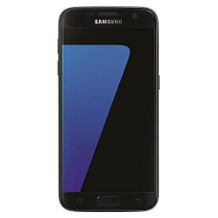
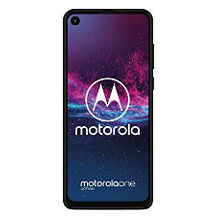
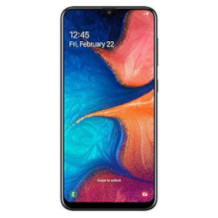
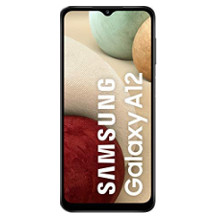
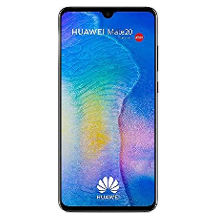

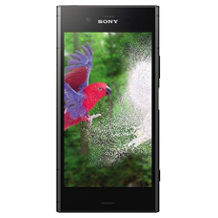
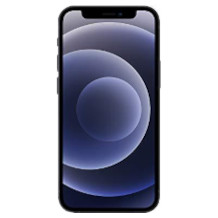
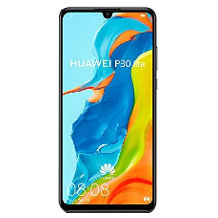
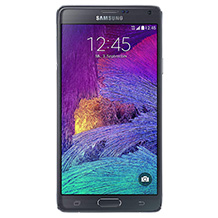


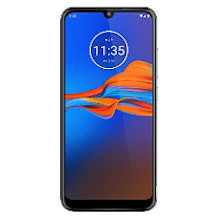

 626 reviews
626 reviews
